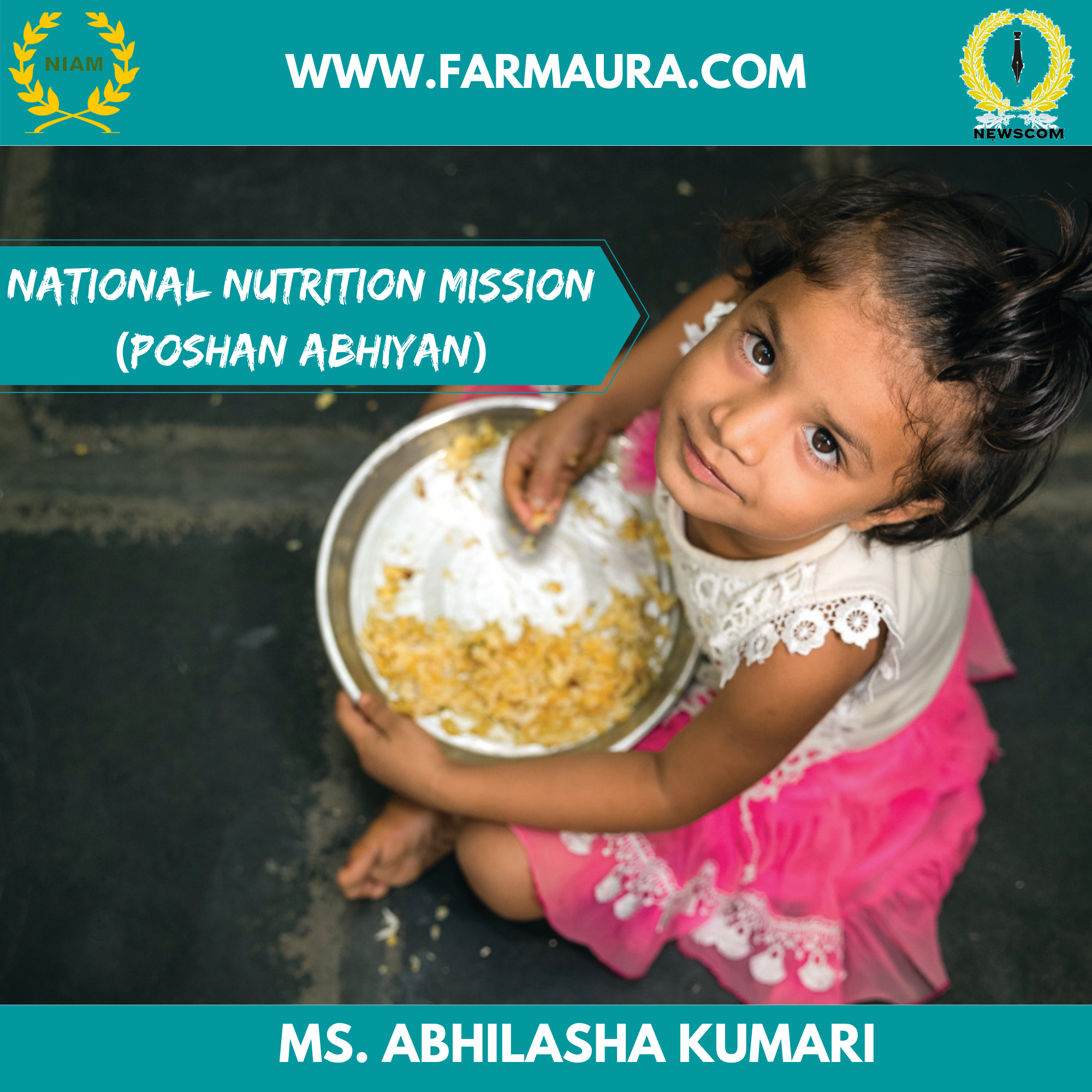
“There are people in the world so hungry that God cannot appear to them except in the form of bread.” –Mahatma Gandhi
Have you ever felt hunger? If your answer is yes and you are reading this article on a laptop or a phone, then let me tell you that you have never felt hunger. Oxford dictionary defined hunger as “a feeling of discomfort or weakness caused by lack of food, coupled with the desire to eat”.
This is not the complete definition of hunger and to know hunger ask the person who has not eaten for days or even a week, ask those whose body is shivering with the pain caused by hunger and that’s the real hunger that 811 million people face all over the world.
Further according to the report 34.7% of the children aged under five in India are stunted (too short for their age), while 20% suffer from wasting, meaning their weight is too low for their height. Malnourished children have a higher risk of death from common childhood illnesses such as diarrhea, pneumonia, and malaria. The Global Hunger Index 2021, India rank 101 out of 116 countries. India is failing its rural poor with 230 million people being undernourished the highest for any country in the world. Malnutrition accounts for nearly 50% of child deaths in India. According to the latest report on the state of food insecurity in rural India, more than 1.5 million children are at risk of becoming malnourished because of rising global food prices.
The failure does not lie in any operational inability to produce more food, but in the operational inability to distribute food and the improper functioning of so many policies, schemes, and missions of government. Adding to this, the NNM (National Nutrition Mission) was set up in December 2017. It is a flagship program of the Ministry of Women and Child Development. This mission is aimed at improving the nutritional status of children from 0-6 years, adolescent girls, pregnant women, and lactating mothers in a time-bound manner during three years starting from 2017-2018.
Also, it is estimated that nearly one-third of the food produced in the world for human consumption every year gets lost or wasted. 40 percent of the fruits and vegetables and 30 percent of cereals that are produced are lost due to inefficient supply chain management. While significant levels of food losses occur upstream, at harvest, and post-harvest handling. Some food is also wasted on the shelves and in the warehouses of food businesses either due to excess production, the introduction of new products, labeling errors, or shorter shelf life.
Such food could be saved by timely withdrawing it from the distribution network, aggregating it, and then redirecting it to the people in need. Other than the government schemes and mission, we can individually ensure to take a step forward to help the needy around us. By the overall effort of the govt and individuals, we would be able to fight the biggest evil of humankind i.e., hunger. We never think a second before throwing the leftover food in the dustbin because we are privileged enough to get three meals a day without thinking of the next day. So, let’s take a pledge to not waste a single grain of food and help those who need it. Then only we can ensure that no child goes to bed without having a meal. Together let’s make the world a better place to live in for every human being residing on this planet.
Reference:
Hunger in India | India FoodBanking Network
Indian Fact Sheet: May 2012 (indiaworldandfacts.blogspot.com)




